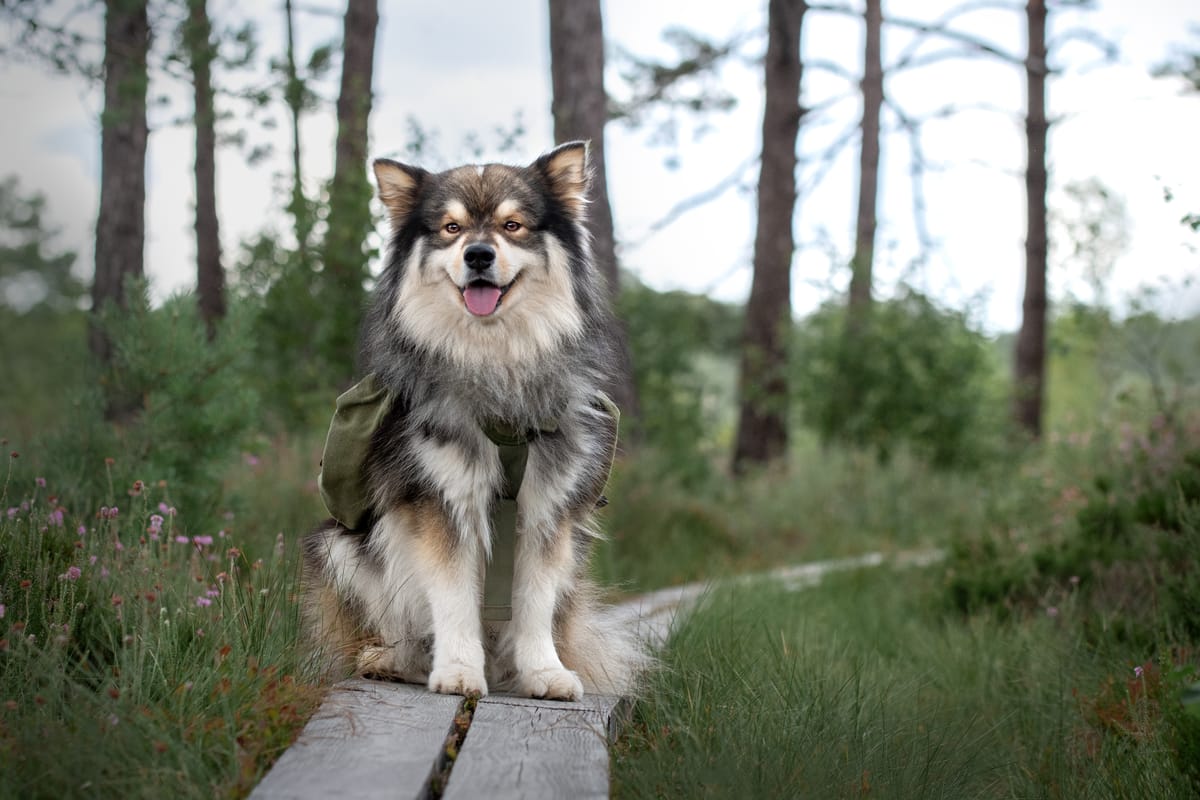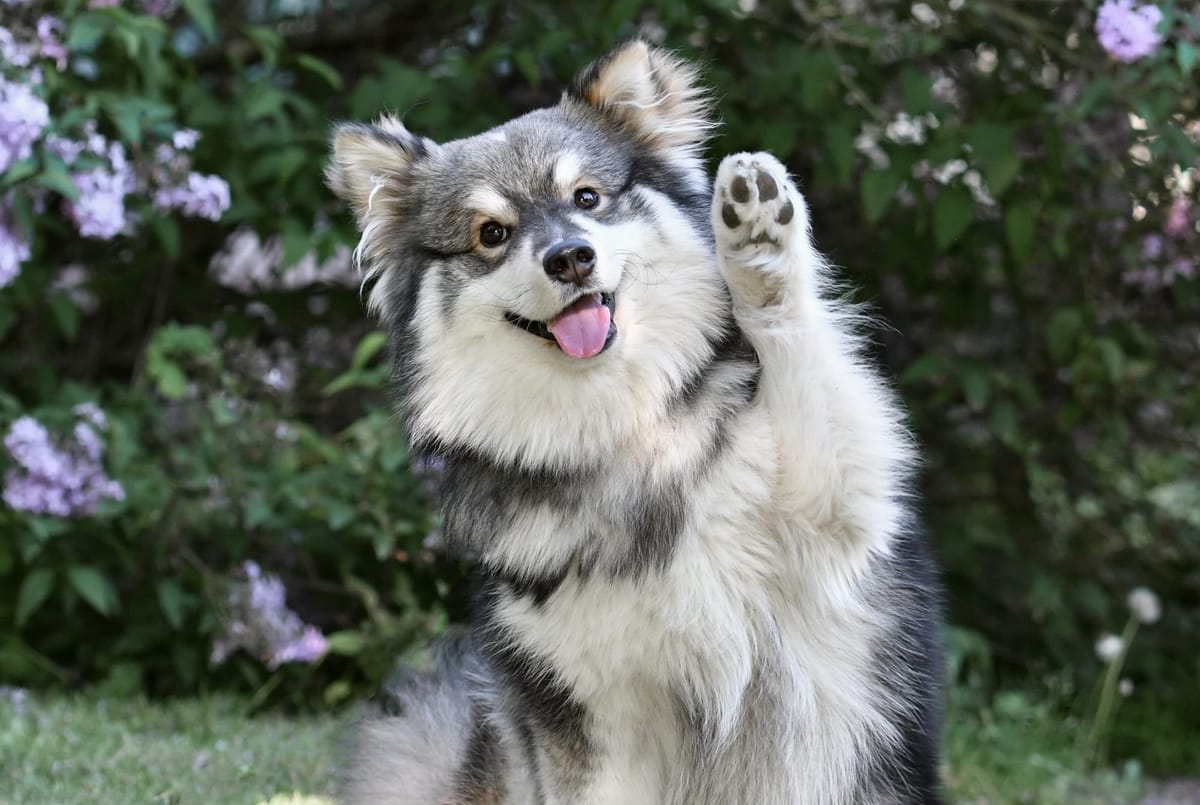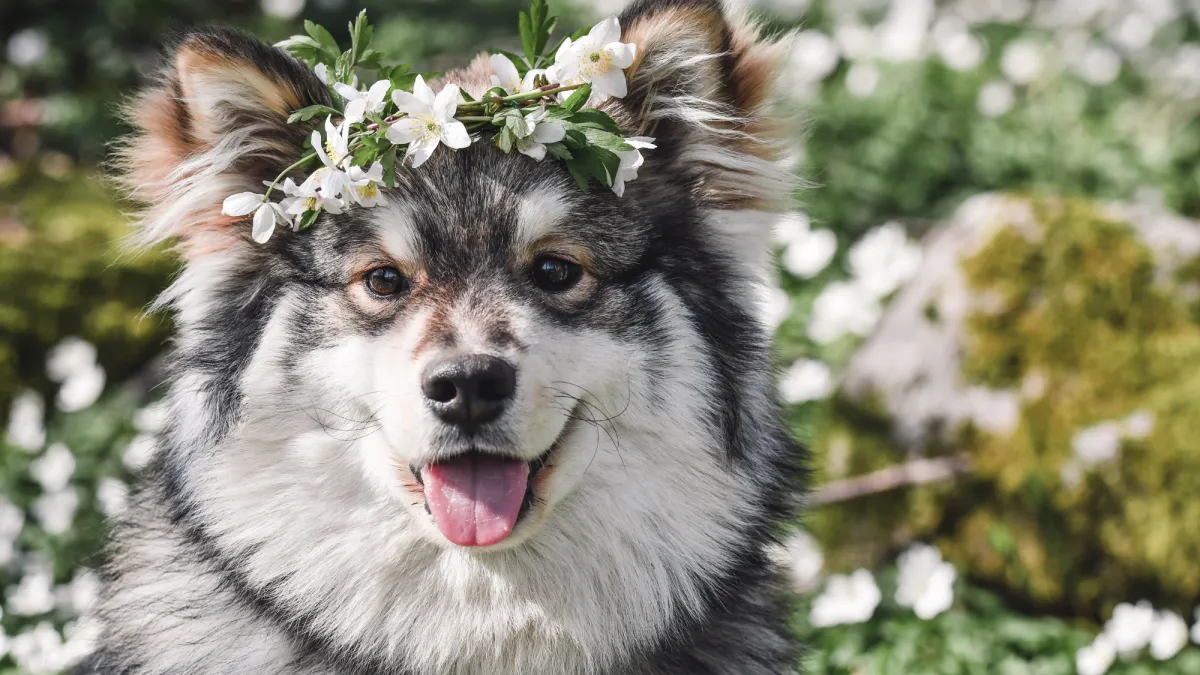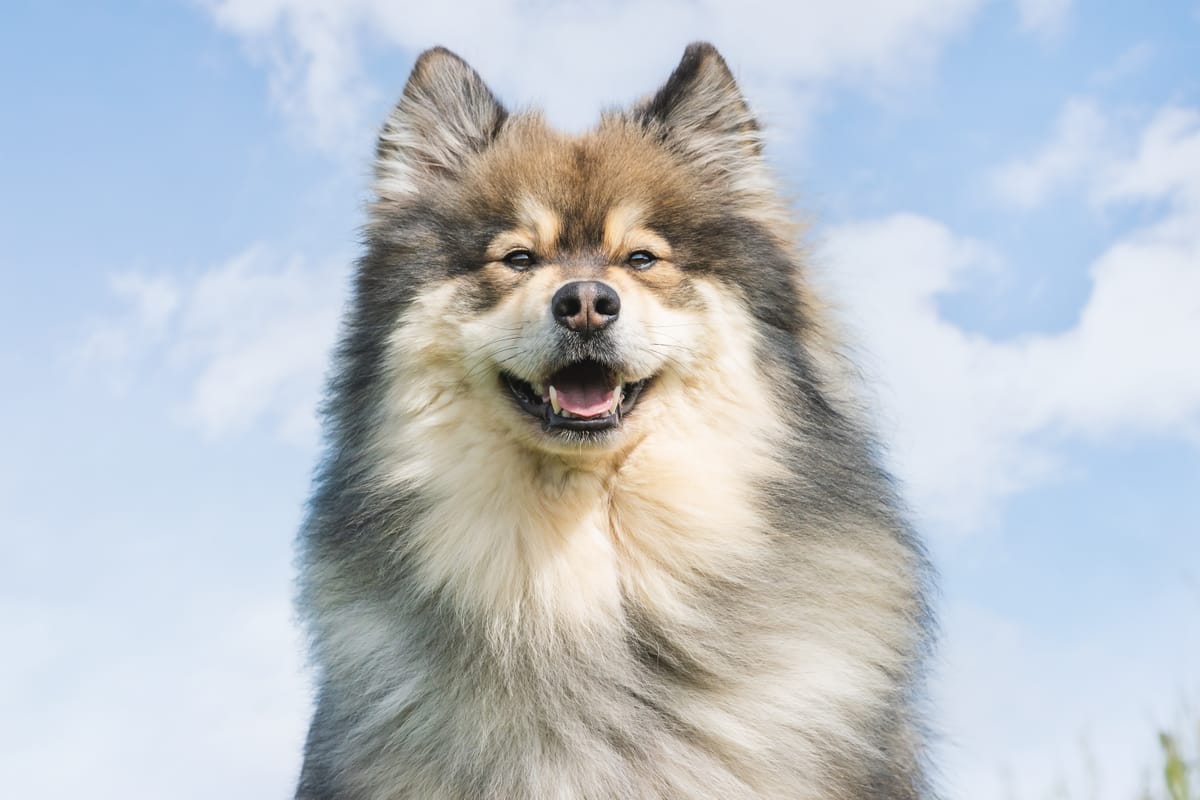Pomskies, a crossbreed between Pomeranians and Siberian Huskies, have been gaining popularity in recent years due to their adorable looks and playful personalities. However, as with any dog breed, there are concerns about their temperament and behavior. One of the most common questions asked by potential owners is whether Pomskies are aggressive.
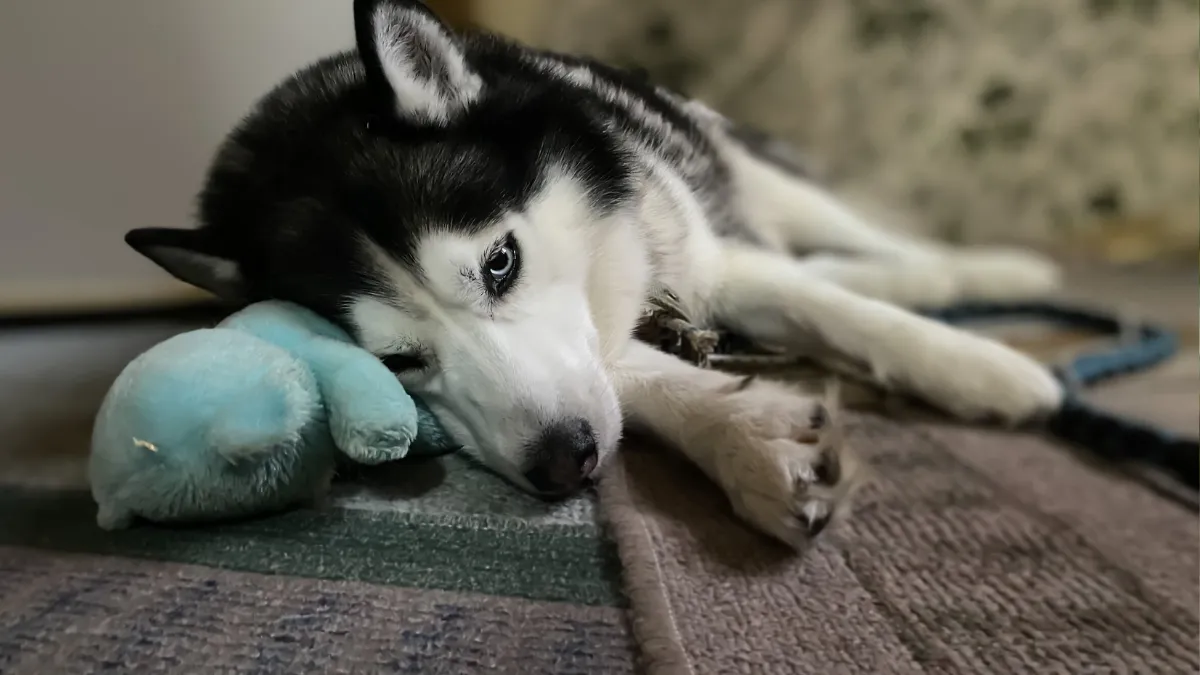
While there is no clear-cut answer to this question, it is important to understand that aggression is not a trait specific to any particular breed. Rather, it is a behavior that can be influenced by a variety of factors, including genetics, socialization, training, and environment. As such, it is important to evaluate each dog on a case-by-case basis, rather than making assumptions based on breed alone.
Pomsky Temperament
Pomskies are a crossbreed between a Pomeranian and a Siberian Husky. As with any mixed breed, their temperament can vary depending on the traits they inherit from their parents. However, some generalizations can be made about the temperament of Pomskies.
Inherited Traits
Pomeranians are known for being affectionate and loyal lap dogs, while Siberian Huskies are known for their high energy and independent nature. Pomskies can inherit any combination of these traits, which can result in a wide range of temperaments.
Some Pomskies may be more affectionate and lap dog-like, while others may be more independent and energetic. It is important to research the temperament of both the Pomeranian and Siberian Husky parents before getting a Pomsky to have an idea of what to expect.
Socialization Impact
Socialization plays a crucial role in shaping Pomsky's temperament. Proper socialization should start at a young age and continue throughout their life. This involves exposing them to different people, animals, and environments in a positive and controlled manner.
Pomskies that are not properly socialized may become fearful or aggressive towards strangers, other animals, or new environments. It is important to socialize them to prevent behavioral issues from developing.
Environmental Factors
Environmental factors such as living conditions, diet, exercise, and training can also impact Pomsky's temperament. A Pomsky that is kept in a small apartment with little exercise or mental stimulation may become bored and destructive. On the other hand, a Pomsky who is given plenty of exercise and mental stimulation may be more well-behaved and content.
Proper training is also important for shaping Pomsky's temperament. Positive reinforcement training methods can help reinforce good behavior and prevent negative behaviors from developing.
Overall, the temperament of a Pomsky can vary depending on a variety of factors. It is important to research and understand the breed before getting a Pomsky to ensure that their temperament is a good fit for your lifestyle.
Aggression Triggers
Pomskies are generally friendly and affectionate dogs, but like any other breed, they may exhibit aggressive behavior under certain circumstances. Understanding the triggers that can cause a Pomsky to become aggressive is essential for dog owners to prevent and manage such behavior.

Protection Instincts
Pomskies have a strong protective instinct, which means they may become aggressive when they perceive a threat to their family or territory. This behavior is more common in untrained or poorly socialized dogs. Owners should socialize their Pomskies from an early age and train them to recognize and respond appropriately to different situations.
Fear Response
Pomskies may also become aggressive when they feel threatened or scared. This behavior is often seen in dogs that have had negative experiences with people or other animals. Owners should be careful not to expose their Pomskies to situations that may trigger fear or anxiety and should work with a professional dog trainer to help their dog overcome such behavior.
Resource Guarding
Pomskies may also exhibit aggressive behavior when they are protecting their resources, such as food, toys, or sleeping areas. This behavior is more common in dogs that have not been taught to share or have had negative experiences with other dogs. Owners should train their Pomskies to share and should supervise their interactions with other dogs to prevent any aggressive behavior.
In conclusion, Pomskies can exhibit aggressive behavior under certain circumstances, but with proper training and socialization, this behavior can be prevented and managed. Owners should understand the triggers that can cause their Pomsky to become aggressive and work with a professional dog trainer to address any behavioral issues.
Training and Behavior Management
Positive Reinforcement
One of the most effective ways to train a Pomsky is through positive reinforcement. This involves rewarding good behavior with treats, toys, or praise. It is important to use positive reinforcement consistently and immediately after the desired behavior is exhibited. This will help Pomsky associate the behavior with the reward. Punishing bad behavior is not recommended as it can lead to fear and aggression.
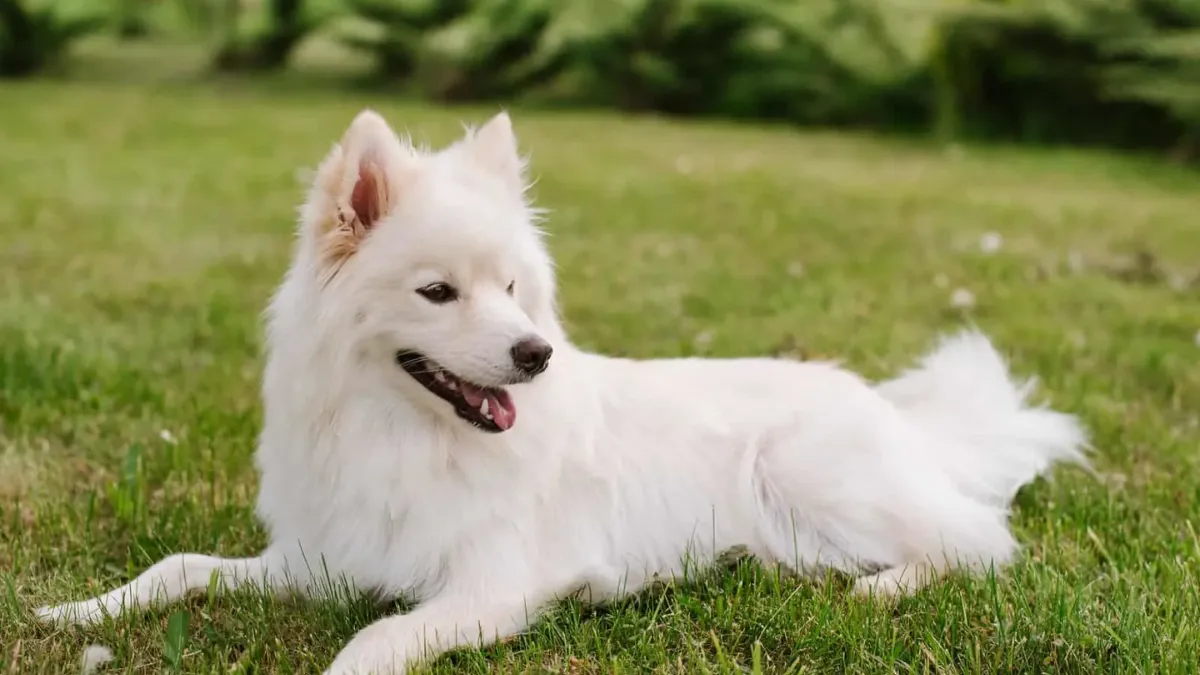
Consistency in Training
Consistency is key when training a Pomsky. It is important to establish clear rules and boundaries and consistently enforce them. This includes using the same commands and gestures for each behavior and avoiding mixed signals. Inconsistency can confuse Pomsky and lead to frustration and aggression.
Professional Training Options
Some Pomsky owners may choose to seek professional training options. This can include obedience classes or working with a certified dog trainer. These options can be beneficial for owners who are struggling with behavior issues or want to ensure their Pomsky is properly trained. It is important to research and choose a reputable trainer who uses positive reinforcement techniques.
Overall, training and behavior management are crucial for ensuring a well-behaved and non-aggressive Pomsky. Positive reinforcement, consistency in training, and professional training options can all be effective strategies for achieving this goal.
Pomsky Interaction With Other Pets
Pomskies are known for their friendly and playful nature. They are generally good with other pets, especially if they are socialized from a young age. However, it is important to note that each dog has its personality, and some may not get along with certain pets.
When introducing a Pomsky to other pets, it is essential to supervise their interactions. This is particularly important when introducing them to smaller pets, such as cats or rabbits, as Pomskies have a high prey drive. It is recommended to introduce them slowly and gradually, allowing them to get used to each other's presence before allowing them to interact.
Pomskies can get along well with other dogs, especially if they are of similar size and temperament. However, it is important to monitor their interactions closely, as some Pomskies can be dominant or territorial. It is also important to ensure that they have enough space and resources, such as toys and food bowls, to avoid any conflicts.
In summary, Pomskies can be great companions for other pets, but it is important to introduce them carefully and monitor their interactions. With proper socialization and training, Pomskies can live harmoniously with other pets in the household.
Owner Responsibilities
Regular Exercise
Pomskies are a mix of two active breeds, so they require regular exercise to maintain their health and happiness. Owners should provide their Pomskies with at least 30 minutes of exercise every day, such as walks, runs, or playtime in the backyard. Lack of exercise can lead to boredom, frustration, and destructive behavior, which may result in aggression.

Mental Stimulation
In addition to physical exercise, Pomskies also need mental stimulation to prevent boredom and aggression. Owners should provide their Pomskies with interactive toys, puzzles, and training sessions to keep their minds engaged. Mental stimulation can also help Pomskies develop good behavior and social skills, which can reduce the risk of aggression.
Understanding Dog Behavior
Owners should have a good understanding of dog behavior, especially when it comes to recognizing signs of aggression. Pomskies may become aggressive if they feel threatened, scared, or anxious. Owners should be able to read their Pomskies' body language and respond appropriately to prevent aggressive behavior. It is important to avoid punishment and instead use positive reinforcement to encourage good behavior.
By fulfilling their responsibilities as owners, Pomsky owners can help prevent aggression in their pets. Regular exercise, mental stimulation, and understanding dog behavior are key to maintaining a happy and healthy Pomsky.
Signs of Aggression
Pomskies are generally known to be friendly and affectionate dogs. However, like any other breed, they can show signs of aggression if not trained and socialized properly. Here are some signs of aggression to look out for in your Pomsky:
1. Growling and Snarling
Growling and snarling are common signs of aggression in dogs, including Pomskies. This behavior can occur when the dog is feeling threatened or uncomfortable and is often accompanied by other aggressive behaviors.
Pomskies that are not properly trained or socialized can develop a tendency to bite or nip. This behavior can be dangerous, especially if the dog is around children or other animals.
3. Lunging and Barking
Lunging and barking are also signs of aggression in Pomskies. This behavior can be triggered by fear, anxiety, or territorial instincts. If your Pomsky is exhibiting these behaviors, it is important to address the issue immediately.
4. Stiff Body Language
Pomskies that are feeling aggressive may exhibit stiff body language, including raised hackles, a rigid posture, and a tense facial expression. This behavior is a clear indication that the dog is feeling threatened and may lash out if provoked.
In conclusion, while Pomskies are generally friendly and affectionate dogs, they can exhibit signs of aggression if not properly trained and socialized. It is important to address any aggressive behavior immediately to ensure the safety of both the dog and those around them.
Preventing Aggressive Behavior
Preventing aggressive behavior in pomskies is crucial for their safety and the safety of those around them. There are several things that owners can do to help prevent aggressive behavior in their pomsky.
Socialization
Socialization is one of the most important things that owners can do to prevent aggressive behavior in their pomsky. Early socialization with people and other animals can help pomskies feel comfortable and confident in a variety of situations. Owners should expose their promises to different people, animals, and environments from a young age to help prevent aggression.
Training
Training is another important factor in preventing aggressive behavior in pomskies. Owners should train their pomsky to obey basic commands such as sit, stay, and come. Training should be done using positive reinforcement methods such as treats and praise. Consistent training can help pomskies learn to control their behavior and prevent aggressive outbursts.
Exercise
Regular exercise is important for all dogs, including pomskies. Exercise can help pomskies release energy and reduce stress, which can help prevent aggressive behavior. Owners should provide their pomsky with plenty of opportunities for exercise such as walks, runs, and playtime.
Supervision
Supervision is also important in preventing aggressive behavior in pomskies. Owners should always supervise their pomsky when around other animals or people, especially children. If the pomsky shows signs of aggression, the owner should remove them from the situation immediately.
By following these tips, owners can help prevent aggressive behavior in their ponies and ensure their safety and the safety of those around them.
When to Seek Professional Help
In some cases, a Pomsky may display aggressive behavior that cannot be addressed through basic training methods. If an owner has exhausted all training options and the dog's aggression continues, it may be time to seek professional help.
A professional dog trainer or behaviorist can work with the owner and dog to identify the root cause of the aggression and develop a tailored plan to address it. This may involve behavior modification techniques, such as desensitization and counter-conditioning, to help the dog learn to respond differently to certain triggers.
It is important to note that seeking professional help does not mean the dog will be "fixed" overnight. Addressing aggressive behavior can be a lengthy and ongoing process, and progress may be slow. However, with patience and dedication, many dogs can learn to overcome their aggression and become well-behaved and well-adjusted pets.
Owners should also consider seeking professional help if Pomsky's aggression poses a danger to themselves or others. In extreme cases, a dog may need to be rehomed or euthanized if their aggression cannot be managed or treated.
In any case, owners need to prioritize the safety of themselves, their dogs, and others when dealing with aggressive behavior. Seeking professional help can be a crucial step in ensuring a safe and happy life for both the Pomsky and their owner
Conclusion:
In conclusion, addressing the question "Are Pomsky Aggressive?" requires a nuanced understanding of individual temperament and responsible ownership. Pomskies, as a designer dog breed, can exhibit a range of personalities influenced by their Pomeranian and Siberian Husky lineage. While aggression is not inherently characteristic of the breed, factors such as socialization, training, and the owner's influence play pivotal roles.
Like any dog, Pomsky's behavior is shaped by early experiences, training, and the environment provided by its owner. Implementing positive reinforcement techniques, early socialization, and consistent training can contribute to a well-behaved and non-aggressive Pomsky.
Prospective Pomsky owners must dedicate time to training, socializing, and understanding the specific needs of the breed. Responsible ownership, coupled with a commitment to fostering a positive environment, can help mitigate the risk of aggression. While individual differences exist, proactive measures can contribute to a harmonious relationship with a well-mannered and non-aggressive Pomsky companion.
More Pomsky articles:
